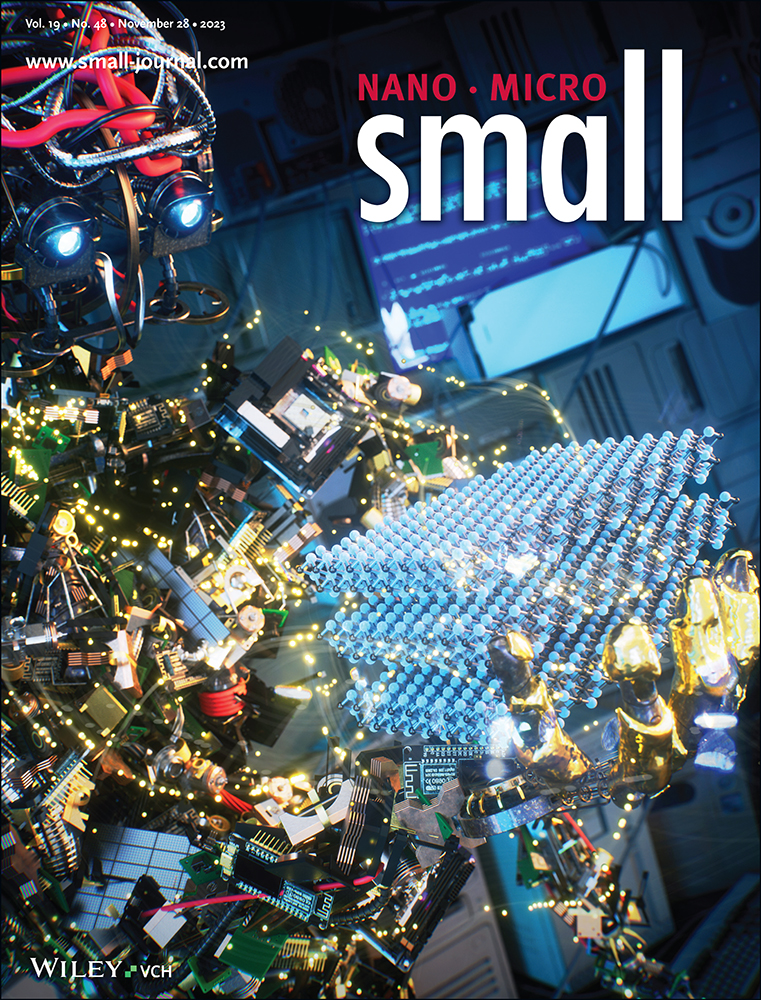Sequentially Controlled Recognition of Different Proteins Using Programmable Protein Imprinted Nanospheres
Abstract
Although protein imprinted materials with multiple templates are developed to selectively separate different proteins, it is difficult to achieve the programmed adsorption and separation of different proteins using one material, because the available protein imprinted materials are constructed through irreversible crosslinking and their structures are unprogrammable and non-reconstructive. Herein, a novel nanosphere (MS@PTL-g-PNIPAM) is designed, which not only is temperature and pH responsive but also can dynamically reversibly crosslink/de-crosslink under ultraviolet light of different wavelengths. With the help of the dynamically reversible photo-crosslinking, the nanospheres can be repeatedly programmed into protein imprinted nanospheres toward different target proteins. Moreover, the prepared imprinted nanospheres can easily achieve the controlled rebinding and release of target proteins, benefiting from the introduced temperature- and pH-responsive moieties. As a consequence, this study realizes the specific separation of different target proteins from protein mixture and the real bovine blood sequentially by programming one material. It is resource saving, time saving, recyclable, and it will provide convenience for protein imprinted materials to use in the blood purification, drug delivery, and virus detection.
Conflict of Interest
The authors declare no conflict of interest.
Open Research
Data Availability Statement
The data that support the findings of this study are available in the supplementary material of this article.




